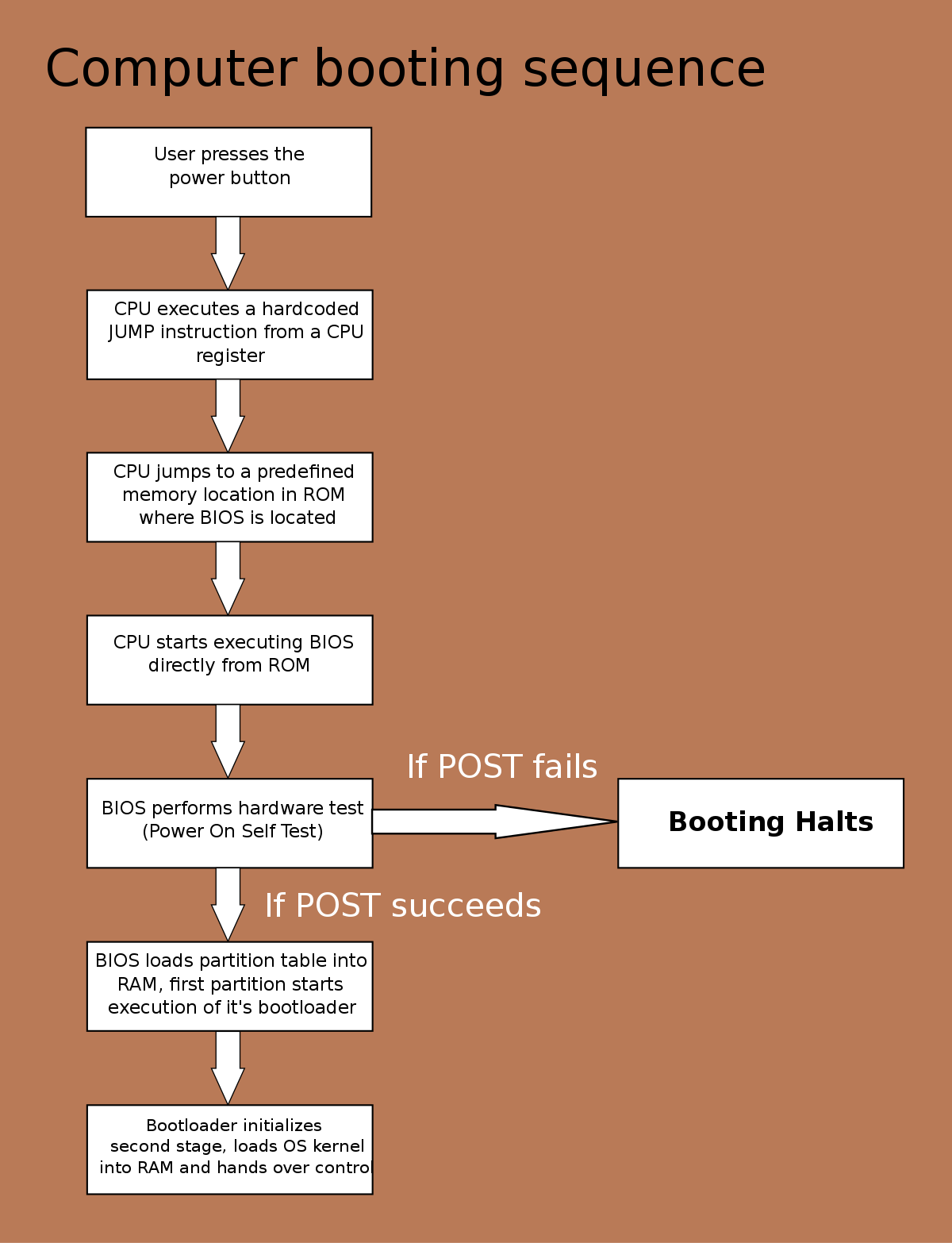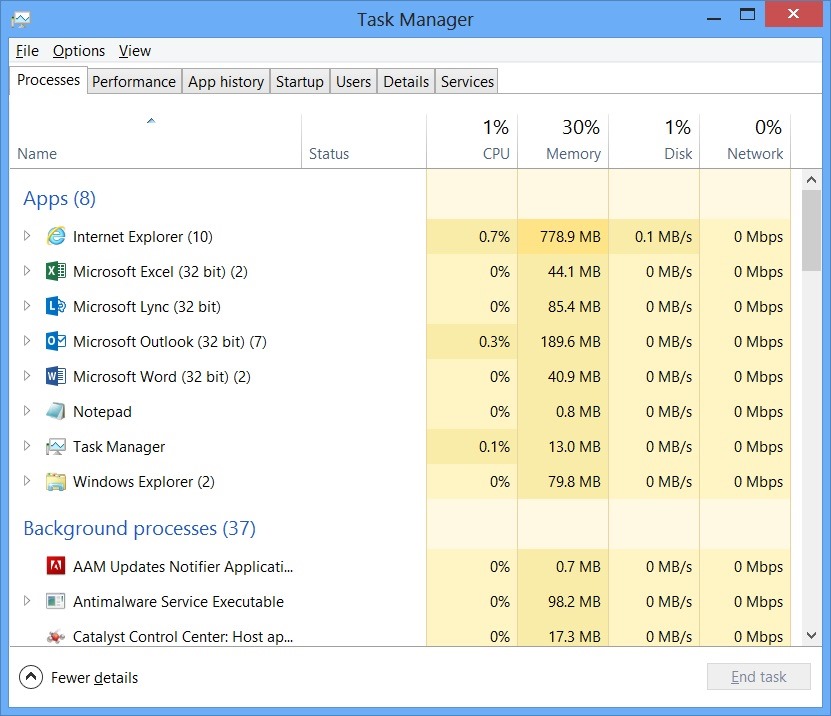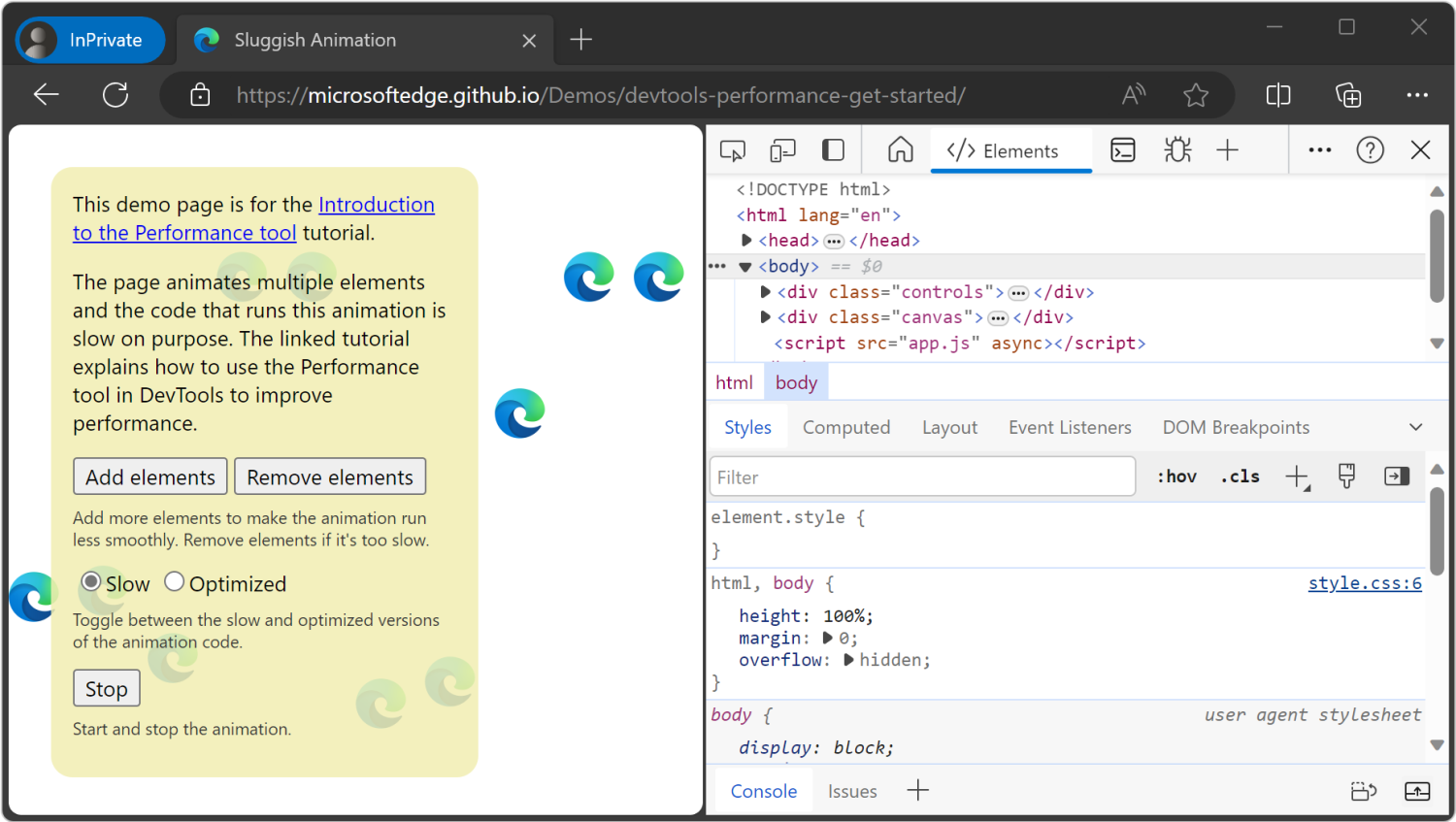In this article, I will discuss 15+ ways to repair faulty RAM.
Initial Steps to Lower Memory Usage
- Identify programs and processes consuming high memory
- Close unnecessary applications and background processes
- Update device drivers and system software
- Run a memory diagnostic test
- Check for malware and viruses
- Adjust virtual memory settings
- Upgrade RAM if necessary
- Optimize system startup programs

- Utilize memory management tools
Advanced Techniques for Managing Background Processes

When dealing with faulty RAM, it’s essential to know how to manage background processes effectively to avoid further issues. One advanced technique is to use the Task Manager to monitor and control these processes. You can access the Task Manager by pressing Ctrl + Shift + Esc and then navigating to the “Processes” tab.
Another useful technique is to prioritize certain processes over others. To do this, open the Task Manager, right-click on the process you want to prioritize, and select “Go to details.” Then, right-click on the process again and choose “Set priority” to adjust its importance.
You can also use the Command Prompt to manage background processes. Open the Command Prompt as an administrator and use the tasklist command to view all running processes. You can then use the taskkill command to end specific processes that may be causing issues.
Additionally, consider using third-party software designed to manage background processes, such as Process Lasso or System Explorer. These tools offer more advanced features for controlling and optimizing processes on your system.
By implementing these advanced techniques for managing background processes, you can effectively address faulty RAM issues and improve overall system performance.
Optimizing Software and Browser Performance

– One way to do this is by clearing the cache and cookies in your web browser to free up memory and improve browsing speed.
– Another important step is to update your software and drivers regularly to ensure that they are running efficiently and without any bugs.
– Running a disk cleanup and defragmenting your hard drive can also help to optimize software and browser performance by organizing and freeing up disk space.
– It’s also important to limit the number of startup programs to reduce the strain on your computer’s resources and improve overall performance.
– Regularly scanning for malware and viruses is essential for maintaining optimal software and browser performance.
– Additionally, consider upgrading your RAM if you are experiencing frequent performance issues, as this can significantly improve your computer’s speed and responsiveness.
Maintaining System Health to Prevent High Memory Usage
Maintaining System Health
To prevent high memory usage and ensure your RAM functions properly, it’s essential to maintain the overall health of your system. This includes regular cleaning of internal components and monitoring for any signs of overheating or malfunction.
One way to maintain system health is to regularly clean the inside of your computer, removing dust and debris that can cause overheating and reduce performance. Additionally, make sure your computer is placed in a well-ventilated area to prevent overheating.
Regularly update your operating system and drivers to ensure that your system is running the latest, most stable versions of software. This can help prevent memory leaks and other issues that can lead to high memory usage.
Monitor your system’s performance using built-in tools or third-party software to keep an eye on memory usage and identify any potential issues before they become serious problems.
Additional Tips for Enhancing Computer Memory

| Tips | Description |
|---|---|
| 1 | Clean up temporary files and unnecessary programs |
| 2 | Update device drivers and system software |
| 3 | Run a disk cleanup and defragmentation |
| 4 | Use a memory optimizer or cleaner tool |
| 5 | Check for malware and viruses |
| 6 | Upgrade to a higher capacity RAM module |
